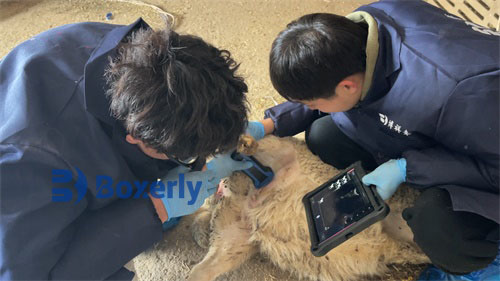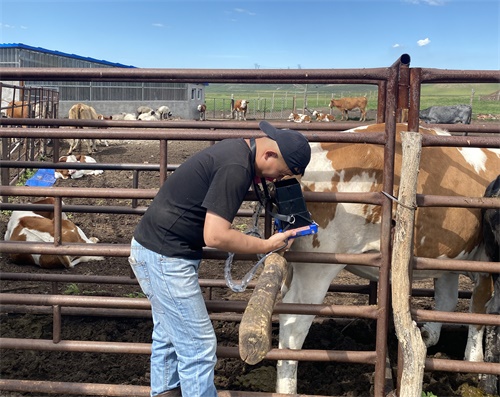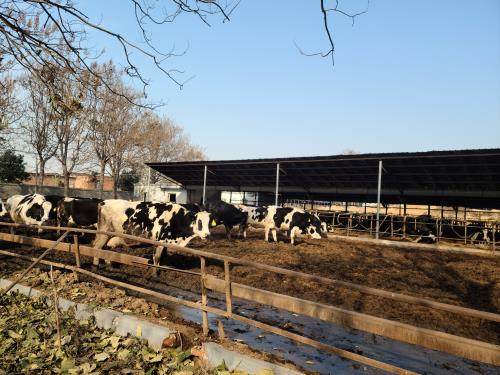Heifers reach puberty on their * * * birthday, a few weeks ago for some breeds and a few weeks later for others. During the * * * heat cycle, heifers account for approximately 65% of their adult body weight. By observing a 9-month-old pregnancy with a B-ultrasound machine, heifers that reproduce during the early estrus cycle give birth at approximately 18 months. Once they give birth, they are no longer heifers; They are cows
The weight gain of a heifer through the use of a B-ultrasound machine: Between the time of her reproduction and the day of her first delivery, the heifer will gain a considerable amount of weight. Part of the reason is due to her pregnancy, while the other part is just normal maturity and growth. If she reaches 65% of her adult weight at the time of fertilization, then she should reach 85% of that weight at the * * * calving. For an average heifer, this means gaining 1 pound of weight per day throughout pregnancy.
Breast development of a heifer using a B-ultrasound machine: As calving time approaches, one of the most noticeable changes in the heifer's body is the development of her breasts. About two months before calving, the nipples of the breasts begin to fill. This situation occurs in the later stages of pregnancy due to an old cow that had previously given birth. The mammary gland of a heifer continues to enlarge due to the elongation of the mammary duct and the formation of alveoli - the milk secretion sac. Shortly before calving, she may start dripping milk from her nipples.
Imported cattle B-ultrasound machine
Using a B-ultrasound machine to examine the pelvic area of a heifer: During pregnancy, the pelvic area of a heifer must expand significantly to safely release the calf. According to Ohio State University Extension, the pelvic area of an average one year old heifer ranges from 55 to 66 inches. When giving birth, her pelvis should be between 70 and 78 inches. Small pelvic calves may require cesarean section surgery. Before breeding heifers with a specially designed pelvic measuring instrument, your veterinarian can accurately measure the pelvic area.
It is usually difficult for a heifer to give birth to a calf through a B-ultrasound machine, as the heifer lacks experience and does not have a fully mature body. When labor begins, she becomes restless and separates herself from the herd. She may refuse to eat. When her water breaks, she enters the birth canal with her calf, and hard labor begins. The Hereford World believes that if a heifer works for more than an hour without giving birth, it requires human assistance. If the calf's feet and nose are visible on the external genitalia but have not progressed, the heifer may have a persistent hymen, which is a tissue band in the birth canal. Since heifers are bred through artificial insemination, there is no real hymen during mating. Destroy the hymen as if it were naturally occurring. Although the damage is painful, it is necessary to remove the calf.








